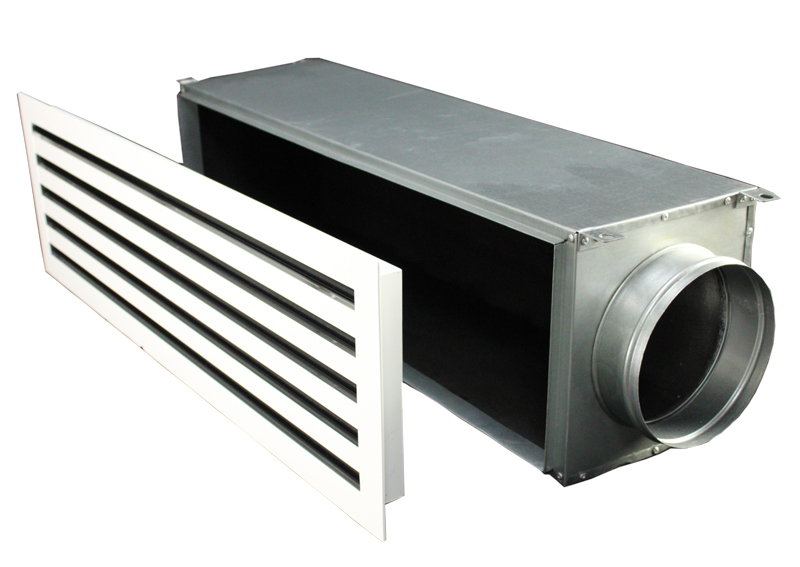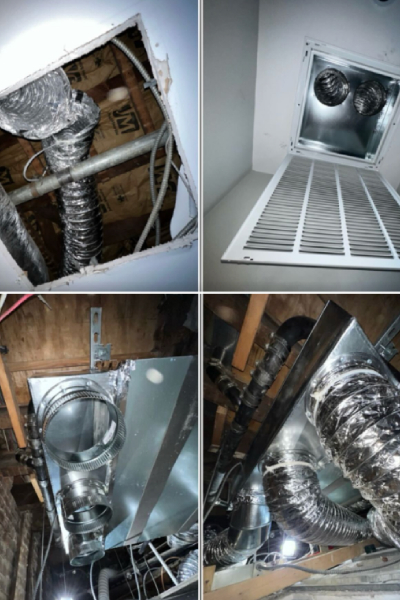Ventilation air grille diffuser
air vent manufacturer since 2002
 Vairtech
Vairtech  2025-10-14
2025-10-14
It’s possible that you don’t even know what a plenum is, much less that there are different types. Well, we’re here to tell you about the plenum in the HVAC. A plenum is ultimately a specialized type of ductwork that is used to help evenly distribute air throughout your HVAC system. Plenums help control the air pressure and temperature and can either push or remove air when necessary. Because of their ability to regulate, they’re often a popular choice for factories or commercial buildings, but can also be installed residentially as they help increase airflow and in turn reduce humidity.

Explore Plenum Types and Benefits
A plenum can also be known as a plenum box, and there are two types of plenums.
Supply
As you may guess, the supply plenum is connected to the supply unit of the air conditioner, furnace, or heat pump. It ultimately helps distribute air throughout your home or building, moving fresh and used air into their applicable regions post cooling or heating. The supply plenum is typically the first stop of the air’s journey.
Return
Return plenums on the other hand are connected to your return ducts or supply outlets. For efficient and healthy operation, this air needs proper filtration, because of this these plenums are typically outfitted with filters, as its main goal is to return filtered conditioned air back to your system through the return grills. These plenums typically work by getting air from your return vents, heating or cooling it, and then sending it for redistribution.
The return category can further break down into “open” and “closed” plenum systems.

In the above images, plenum unit with supporting ductwork.
This way, air is best able to move from the living space to the system.
Benefits
A plenum can come with some benefits.
For example, since air is isolated, the noise level of the unit is often reduced. The obvious benefit would be improved air distribution, especially to the rooms where the air return is located. Being that circulation is improved, this also typically remedies unpleasant odors. Along with that can come improved air quality and energy efficiency. One can also experience benefits such as reduced humidity levels, and also a cleaner system overall.